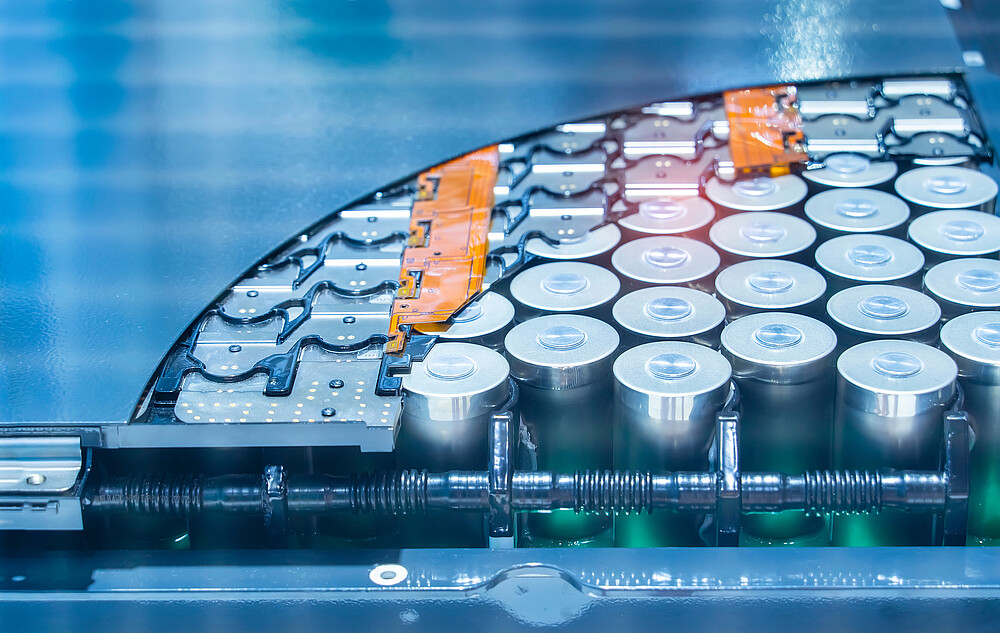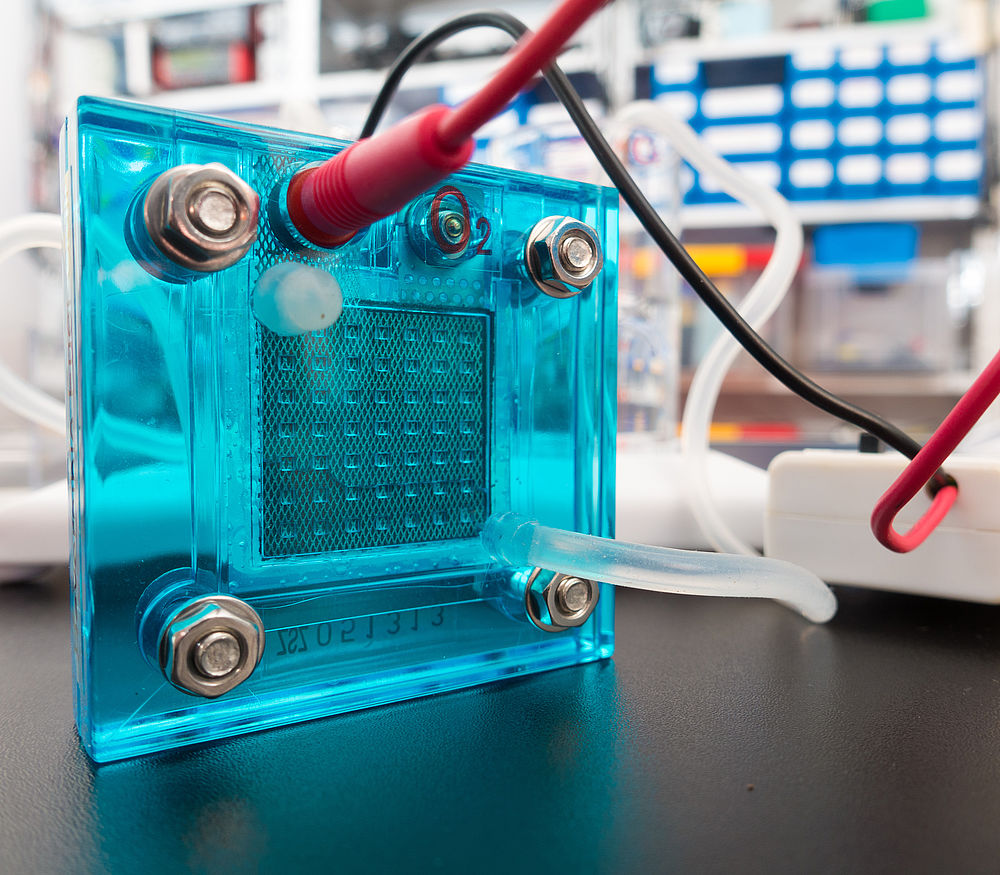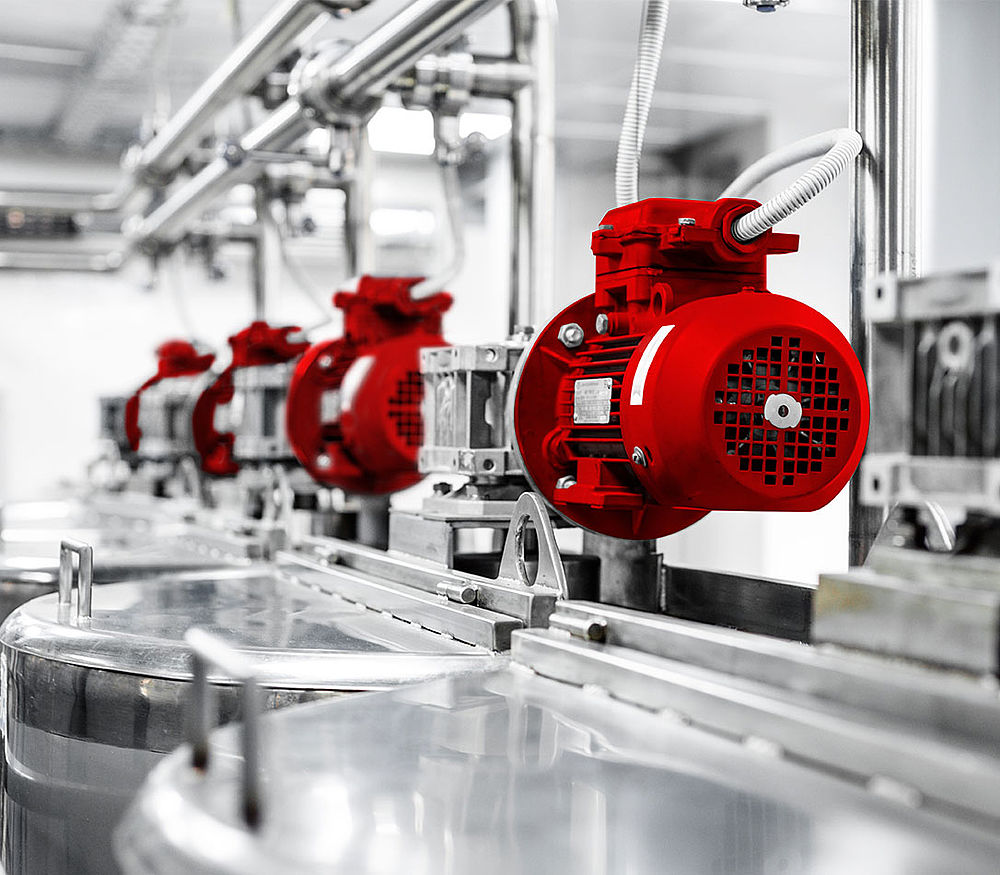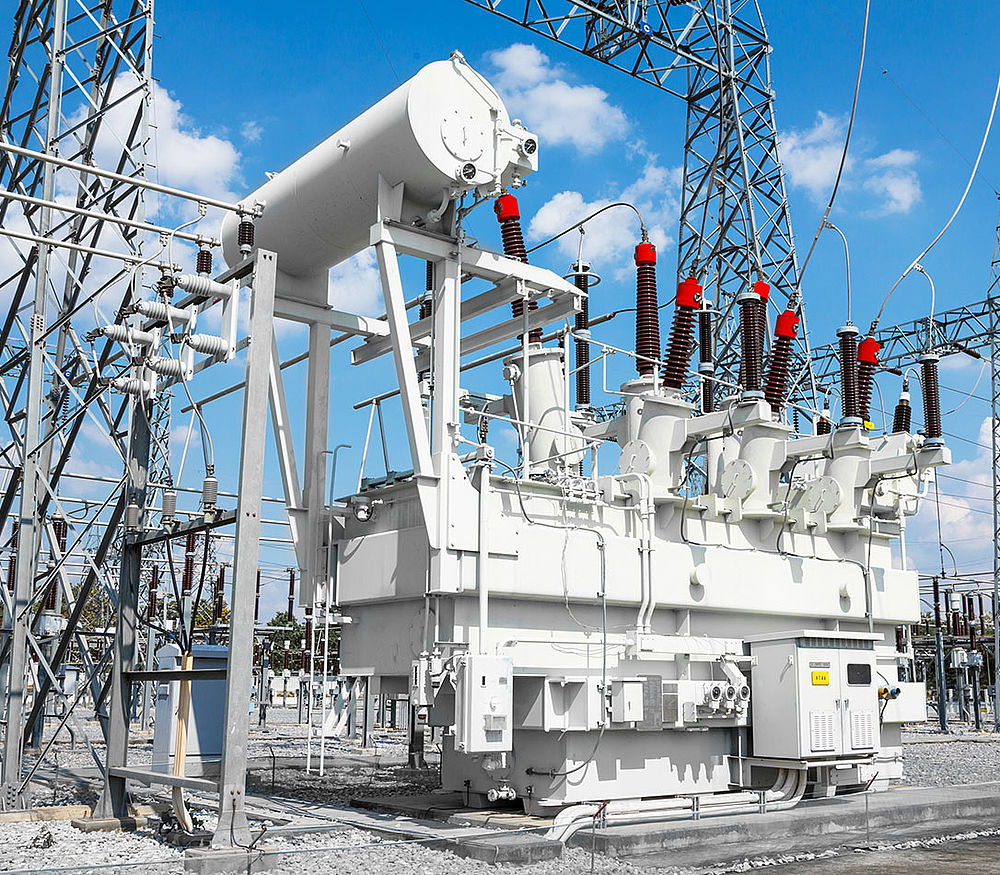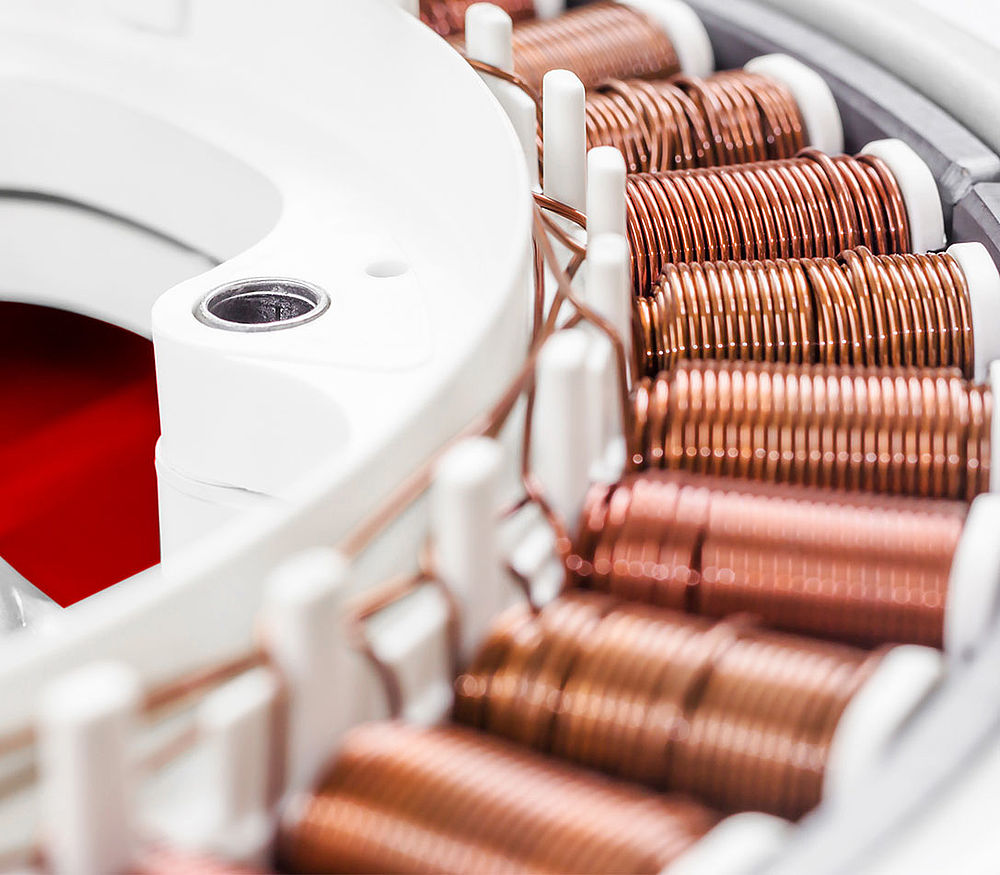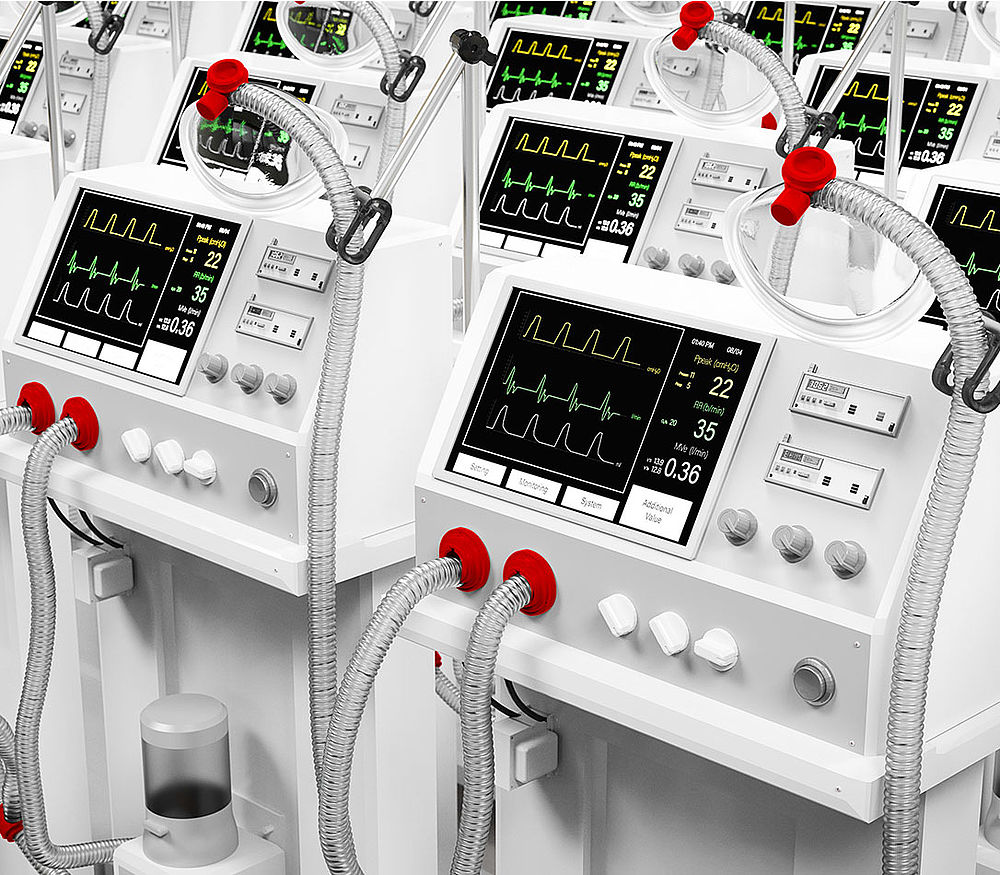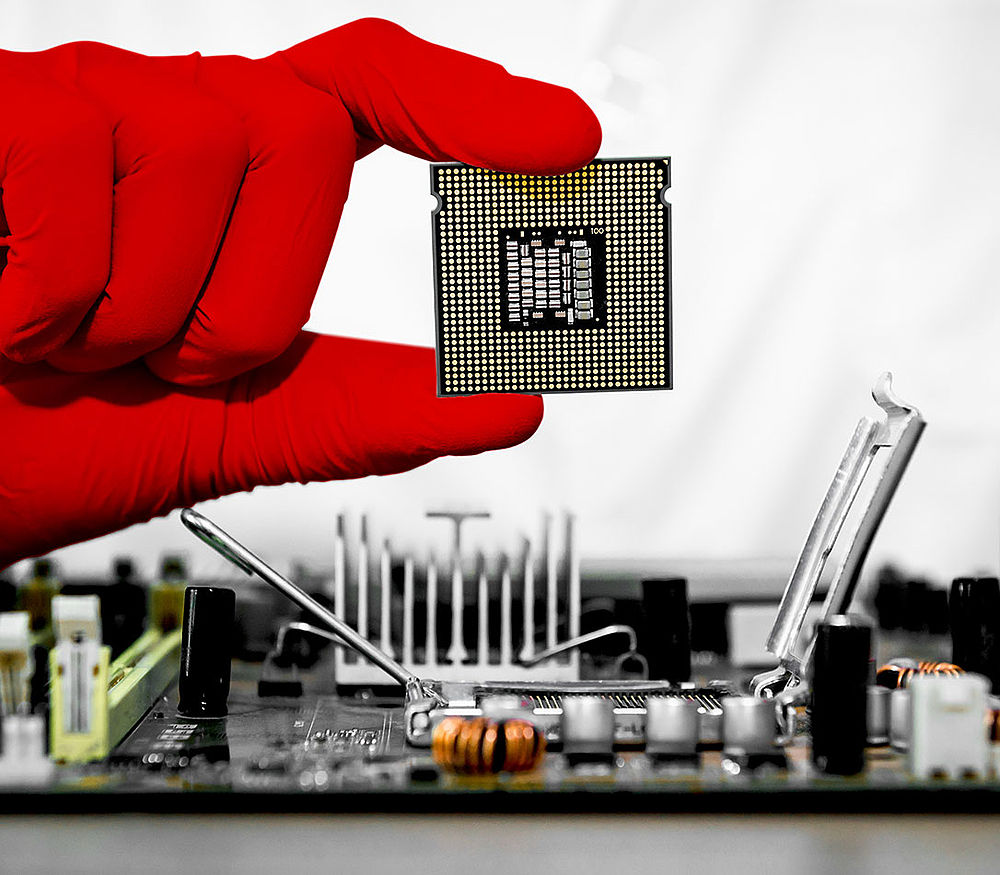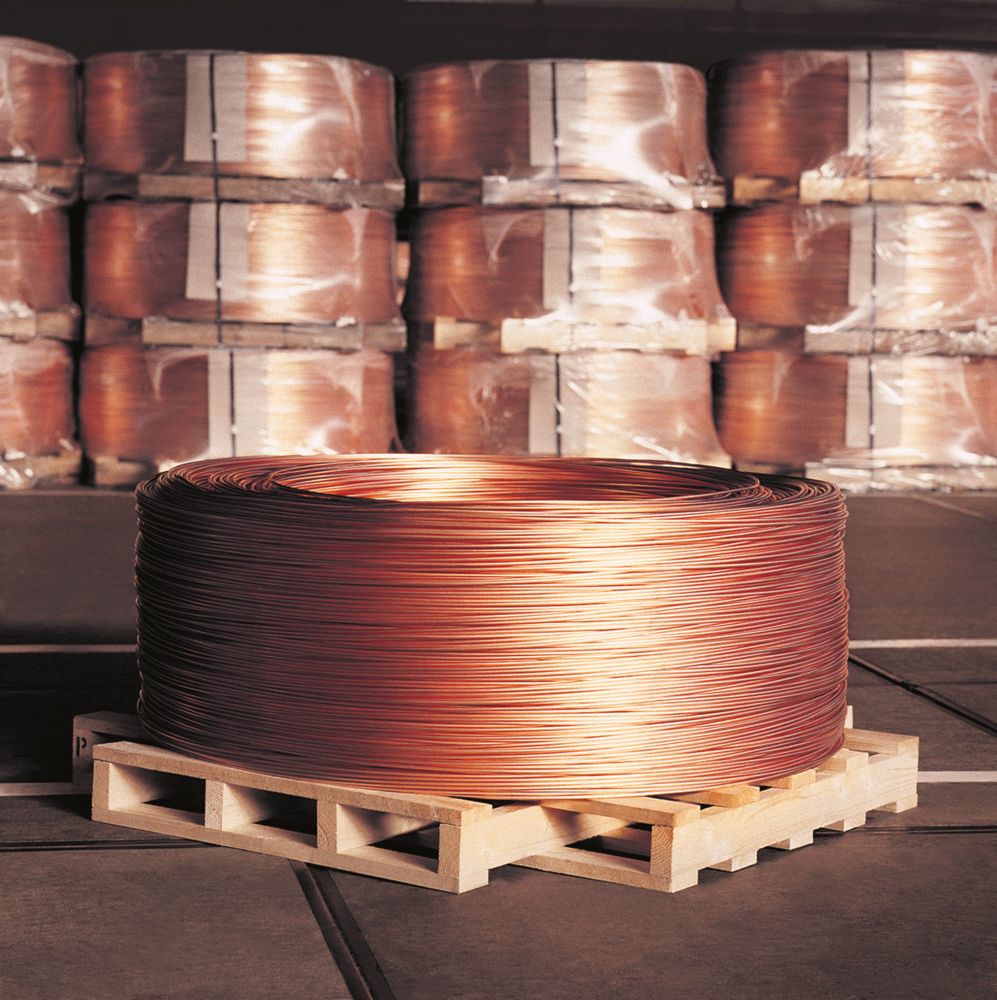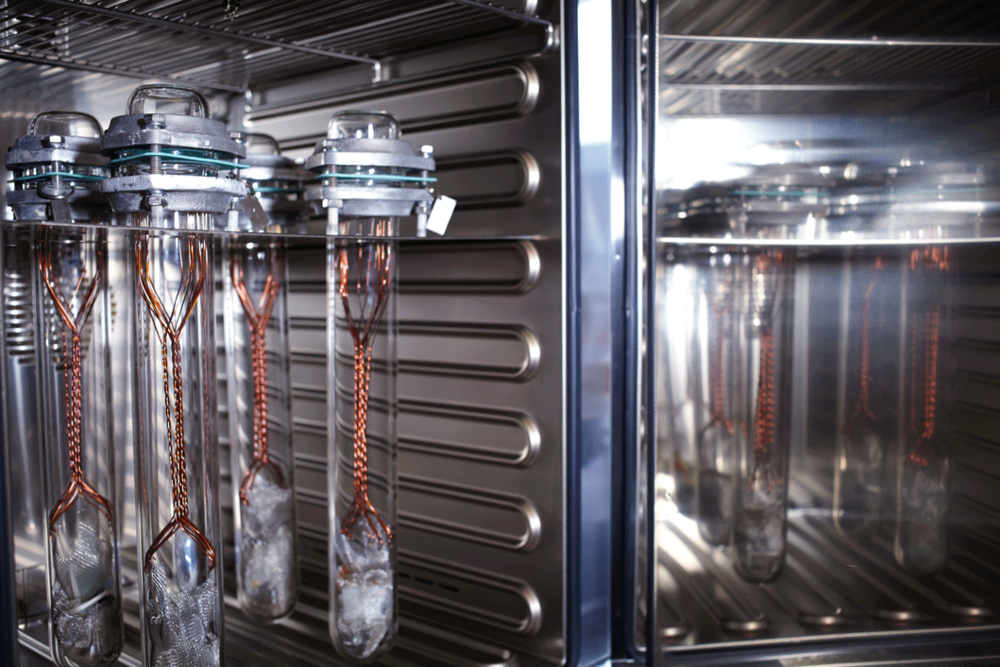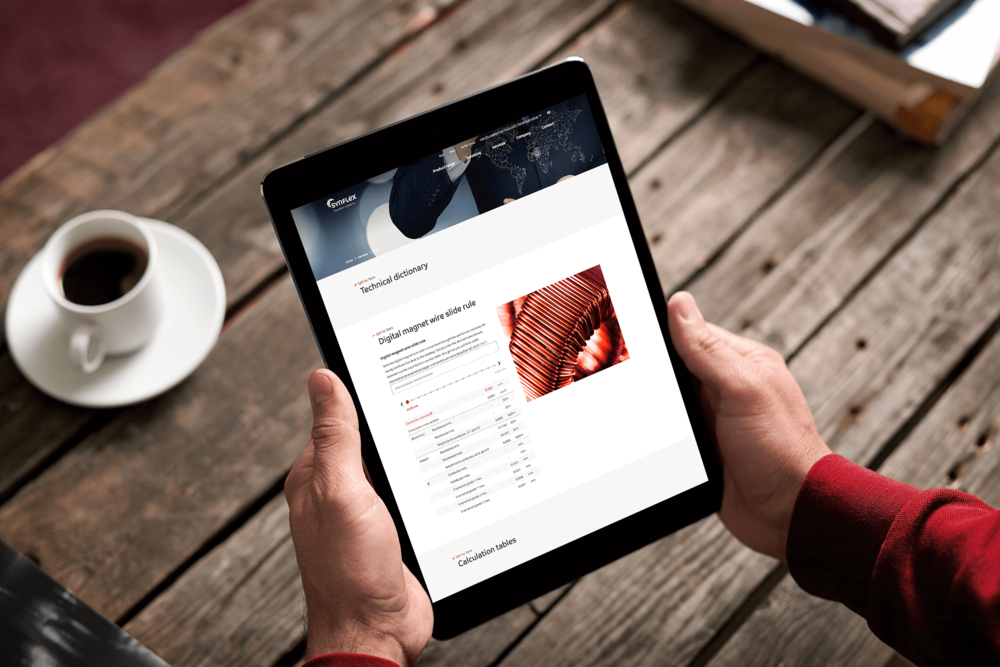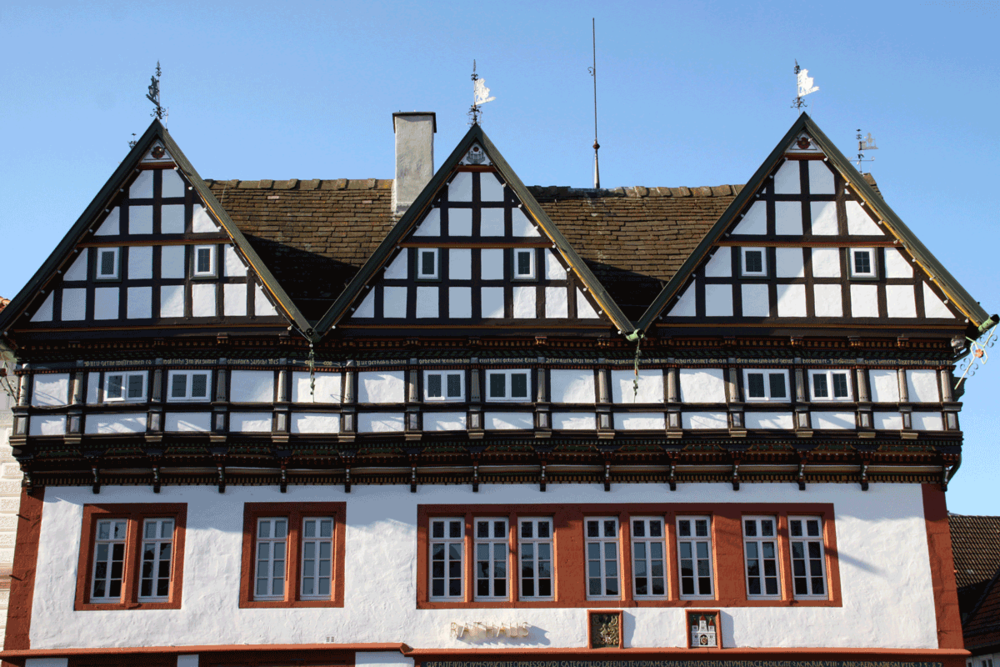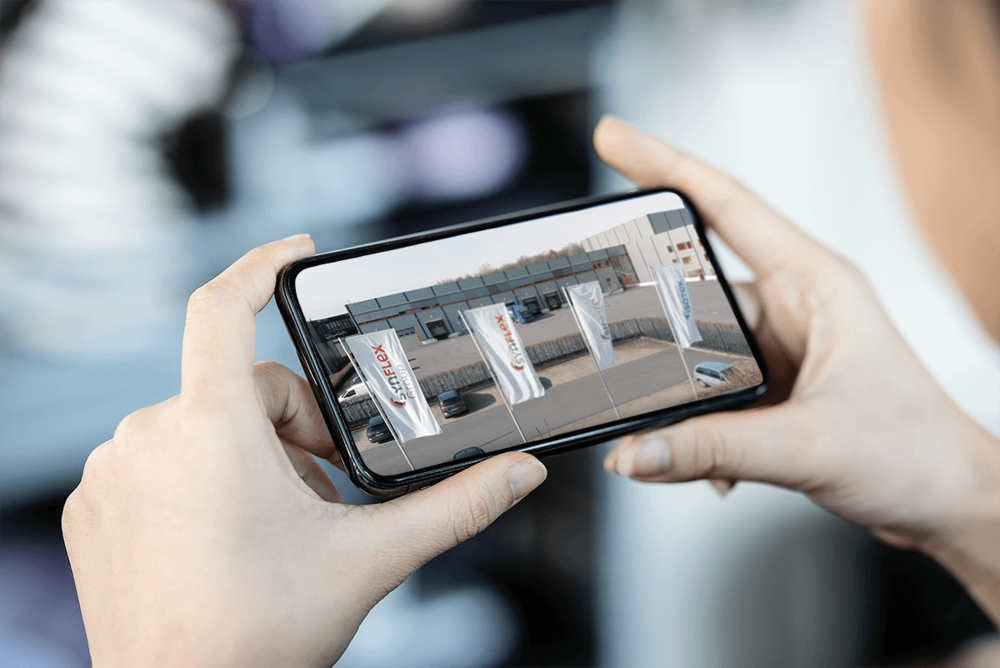SynChem – Resins & Varnishes Voltatex® 4250 1-component-resin
Voltatex® 4250 is a yellow-brown, ready-to-use impregnating 1K dip resin based on unsaturated polyesterimide resins.
- single component
- free of styrene and vinyltoluene
- low emission
- minimum exposure to the working area
- no risk of fire and explosion hazards
- not classified as dangerous in the meaning of transport regulations
Voltatex® 4250 is designed for the combined Electrical/UV-process. The product can be cured in conventional ovens as well.
The cured resin compound is characterized by:
- high thermal and mechanical strength, especially under long-term stress
- good resistance to solvent gases
- resistance to refrigerants
Application
- electric motors and large drives
- hermetic motors
- transformers, especially with thick wires and shaped conductors
- suitable for: Insulation systems up to thermal class 220 (R)
Standards
- UL-File-Nr.: E101752 (M) Underwriters Laboratories Inc, USA
- Thermal class 220 (R) acc. to IEC 60085:2007
- Temperature Index in acc. with IEC 60455-3-5
- Testing Method in acc. with IEC 60216 Type 220
- Temperature class in acc. with UL 1446:
| Twisted Pair | ASTM D2307 | MW 30:200 |
| MW 35:220 | ||
| Helical Coil | ASTM D2519 | MW 30:240 |
| MW 35:220 |
Electrical Insulation Systems in acc. with UL 1446:
| Class 130 | C190HE |
| R150HE | |
| Z130HE | |
| Z150HE | |
| Class 155 | C290HE |
| CZ255HE | |
| R201HE | |
| R203HE | |
| Z200HE | |
| Class 180 | R342HE |
| R342HE2 |
Delivery forms
Voltatex® 4250 is supplied in one-way-cans containing 25 kg and 200 kg. Additionally 1000 kg containers (returnable) are available (not for oversea export).
Storage
In closed original packaging the resin can be stored for more than 6 months if provided storage temperature does not exceed 25 °C. Opened containers have to be closed immediately to protect the material from daylight!
Hardening
Voltatex® 4250 is a low emission product; nevertheless to minimize evaporation of reactive components while curing the impregnated objects
should be heated up to the curing temperature in the shortest possible time. The air flow in the curing zone should be kept to the minimum permitted by safety considerations.
Dependent on the thermal and mechanical requirements we recommend two successive electrical curing cycles of 10 - 20 min each at 150 – 180 °C and – in parallel to the second curing cycle – a UVA-radiation phase with an output of > 25 mW/cm² for the Electrical/UVprocess.
Protection
Cured Voltatex® 4250 is biologically inactive and not dangerous to health. When processing the liquid resin, please refer to the Material Safety Data Sheet (MSDS) for Voltatex® 4250.
Cleaning
Cured Voltatex® 4250 is almost insoluble. Therefore, application equipment should be regularly cleaned with cleaner Voltatex® T050. All equipment cleaning and maintenance should be carried out in accordance with the equipment manufacturer’s instructions.
Processing
In combination with the Electrical/UV-process Voltatex® 4250 provides a customized adjustment of the impregnating quality paired with maximum material efficiency. As we cannot foresee all possible designs and applications in this Technical Data Sheet please get in contact with our Technical Representatives for further advice and support, such as trials in our technical laboratory as well as our expertise related to equipment design and production scale-up.
Unlimited tank stability with resin Voltatex® 4250 can be achieved as long as the material is kept below 25 °C and at least 20 % of the tank content is used and replaced with fresh resin per month.

You have questions according to our resins and varnishes or want to send an inquiry?
Our product manager will be happy to help you.
Technical data
| Property | Unit of measure | Values | Test method |
|---|---|---|---|
| Bond strength of twisted coils room temperature | N | 190 ± 40 | IEC 60455-2 Test method A to IEC 61033 |
| Bond strength of twisted coils 130 °C | N | 50 ± 10 | IEC 60455-2 Test method A to IEC 61033 |
| Bond strength of twisted coils 155 °C | N | 40 ± 10 | IEC 60455-2 Test method A to IEC 61033 |
| Bond strength of twisted coils 180 °C | N | 35 ± 10 | IEC 60455-2 Test method A to IEC 61033 |
| Shore D hardness room temperature | 68 ± 5 | IEC 60455-2 Test method to ISO 868 |
| Property | Unit of measure | Values | Test method |
|---|---|---|---|
| Temperature index | °C | 220 | IEC 60455-3-5, test method acc. IEC 60216 |
| Bond strength IEC 60317-8 | °C | MW 30:238 | IEC 61033, method B, final point 22 N |
| Bond strength IEC 60317-13 | °C | MW 35:229 | IEC 61033, method B, final point 22 N |
| Testing voltage IEC 60317-2 | °C | MW 30:212 | IEC 60172 |
| Testing voltage IEC 60317-13 | °C | MW 35:222 | IEC 60172 |
| Thermal conductivity | W(m*k)^-1 | 0.23 | acc. ISO 22007-2.0 |
| Property | Unit of measure | Conditions | Values | Test method |
|---|---|---|---|---|
| Resistance | Distilled water, transformer oil, 5 % soap-flock-dilution | resistant | company standard Energy Solutions-017 | |
| Resistance | R22 Shell 22-12 | resistant | company standard Energy Solutions-019 | |
| Resistance | Hexane, methanol, acetone, xylene | resistant | company standard Energy Solutions-019 | |
| Water absorption | % | after 96h at 23 °C | 0.8 | company standard Energy Solutions-015 |
| VOC acc. 31. BlmSchV | % | 1 | 2010/75/EU |
| Property | Unit of measure | Values | Test method |
|---|---|---|---|
| Dielectric strength at 23 °C and 50 % r.h. | kV/mm | 80 | IEC 60455-2 Test method in acc. with IEC 60243-1 |
| Dielectric strength at 155 °C | kV/mm | 80 | IEC 60455-2 Test method in acc. with IEC 60243-1 |
| Dielectric strength at 23 °C after 96 h storage at 92 % r.h. | kV/mm | 65 | IEC 60455-2 Test method in acc. with IEC 60243-1 |
| Dielectric strength at 105 °C after 168 h oil immersion | kV/mm | 95 | IEC 60455-2 Test method in acc. with IEC 60243-1 |
| Specific volume resistance at 155 °C | Ω*cm | 1x10^9 | IEC 60455-2 Test method in acc. with IEC 60093 |
| Specific volume resistance at 180 °C | Ω*cm | 8x10^8 | acc. IEC 60455-2, test method acc. IEC 60093 |
| Loss factor cross section 0.2=200x10^-3 | °C | 65 | IEC 60455-2, test method in acc. with IEC 60250 |
| Property | Unit of measure | Conditions | Values | Test method |
|---|---|---|---|---|
| Impact on enamelled wires | compatible with all common magnet wires | |||
| Curing time | min | 150-180 °C | 2 x 10-20 | Electrical-UV-Process |
| Reaction process gel time | min | 100 °C | 9 | acc. company standard Energy Solutions-014 |
| Reaction process reaction time | min | 100 °C | 10.5 | acc. company standard Energy Solutions-014 |
| Viscosity | mPas | at 25 °C | (2250 ± 350) | acc. DIN 53019 |
